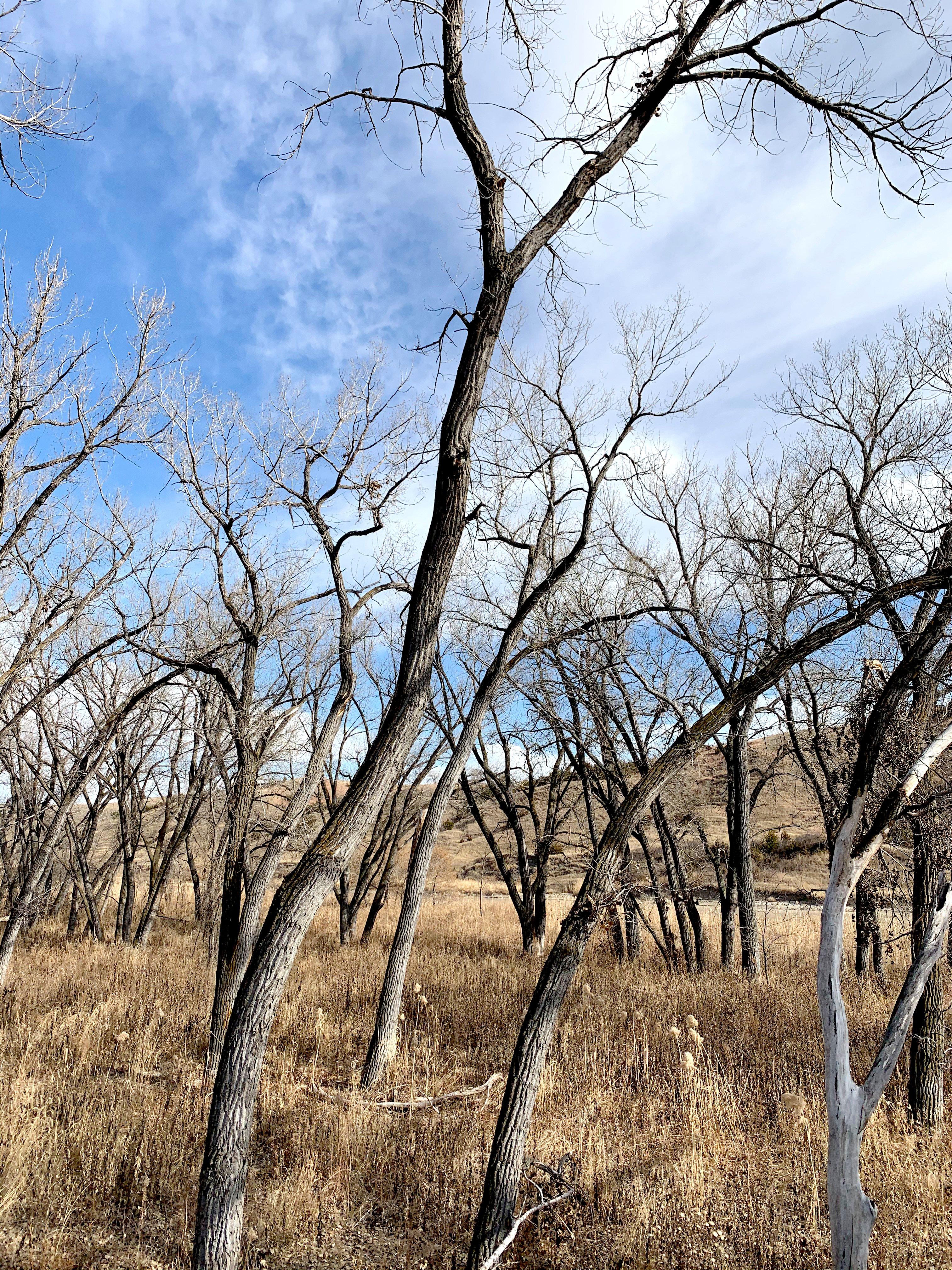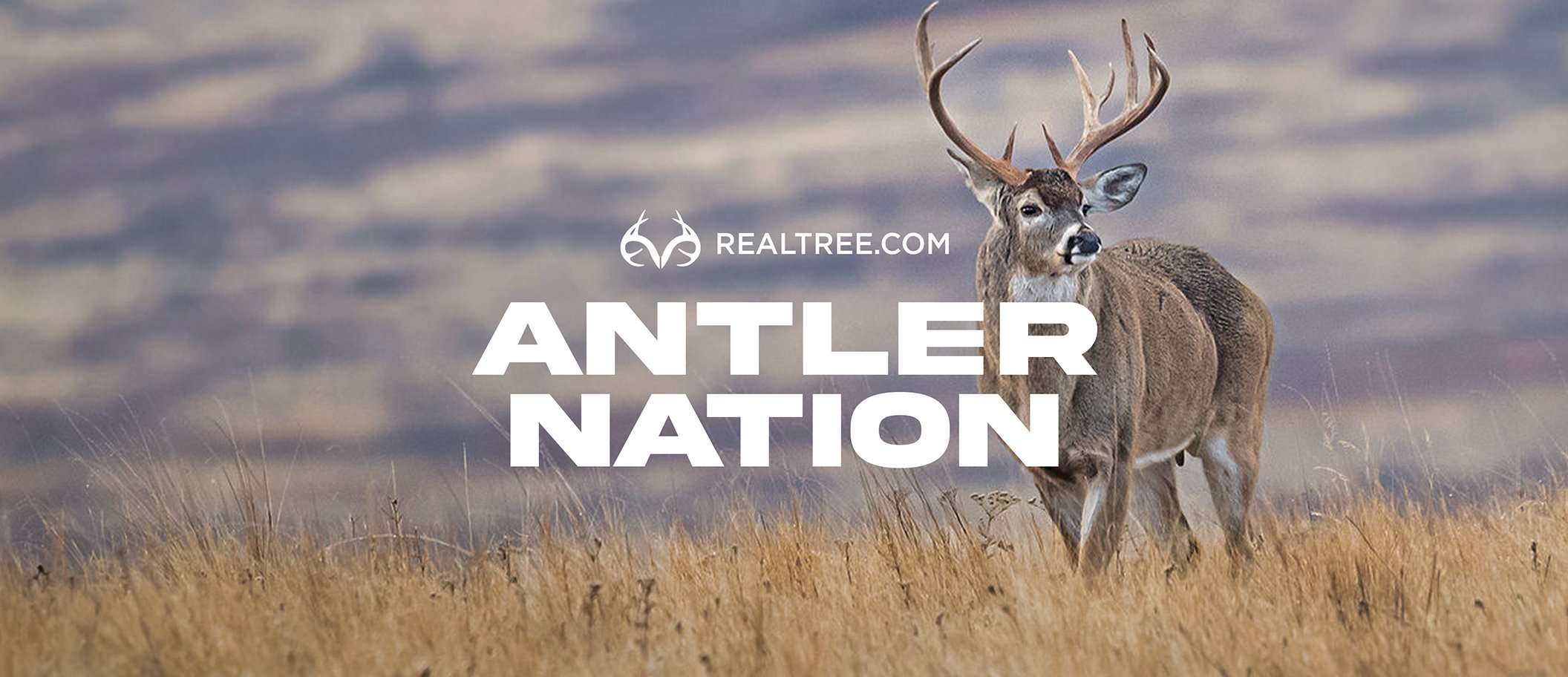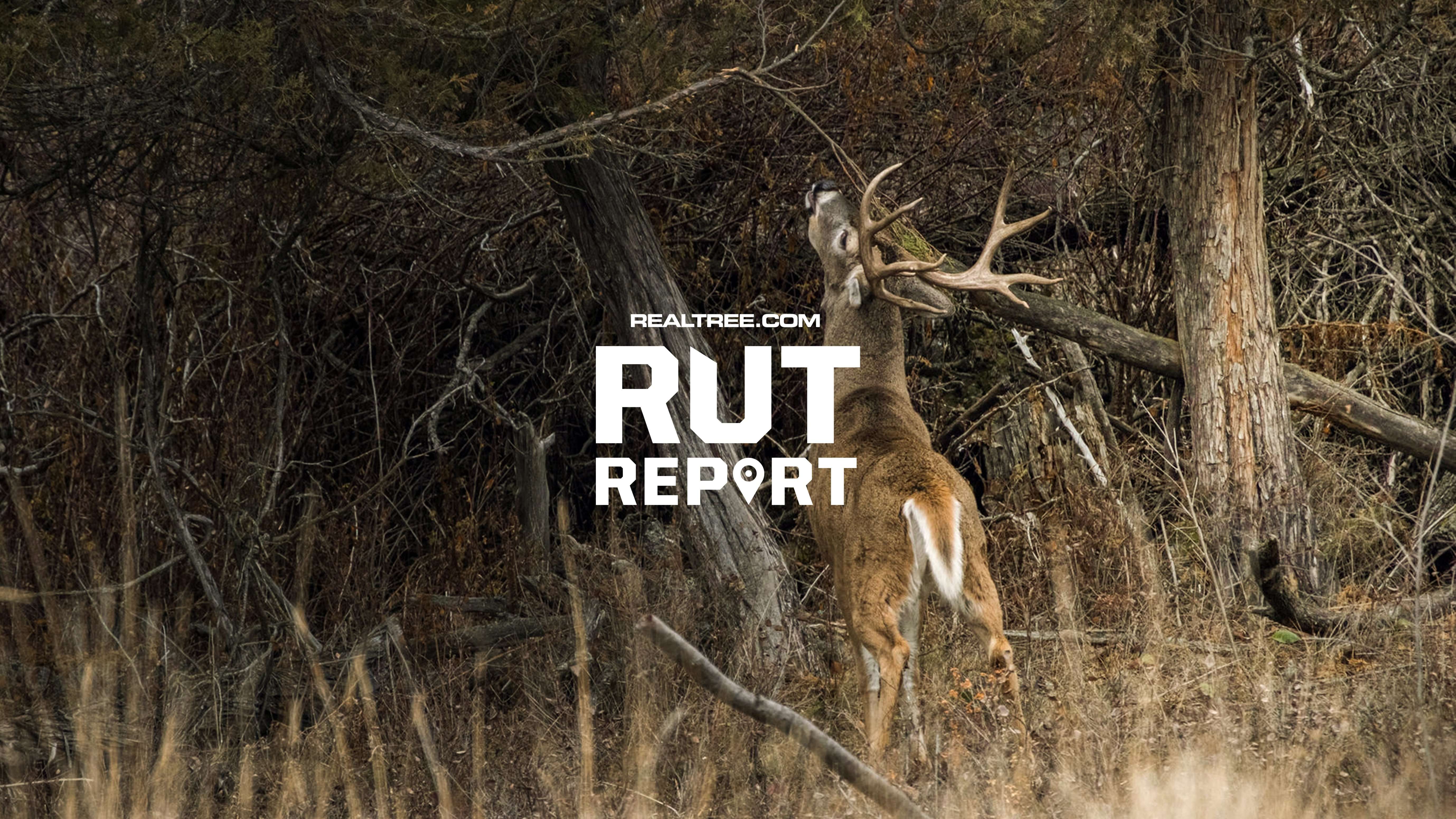The wild West is popular for elk, mule deer, and pronghorns, but it also offers some tremendous whitetail opportunities

If you reside in classic whitetail country in the Midwest, East, or South, a Western whitetail hunt could be the adventure of your life. Photo by John Hafner.
“There’s no place like home” isn’t just a quote from The Wizard of Oz. Most whitetail hunters feel that way about hunting near home. Whether it’s a colossal national forest, a local farm you acquired permission to hunt, or land you worked so hard to purchase, most deer hunters find the familiarity and memories of hunting near home irreplaceable.
But although nothing beats a crisp November morning in your favorite hometown stand or blind, many of us feel the pull of adventure. We dream of big hunts — elk, moose, caribou, African game, and maybe New Zealand red stag. And many of those dream hunts are no match for a blue-collar budget.
However, taking your whitetail game to a new destination costs a fraction of the big hunts, and you’ll probably be floored by the amount of adventure to be had while chasing whitetails where prairie dogs and pronghorns roam. Here are three Western whitetail destinations to consider for this fall.
WYOMING
The Cowboy State is iconic for Western whitetails. Bowhunters get an early start each year on Sept. 1. Seasons range by hunt area, and some tags are valid for mule deer or whitetail. Some rifle hunting begins in October, and other areas have November seasons.
Your first step toward obtaining a Wyoming deer tag is to participate in the draw, which opens in March and closes April 30. Tags for some hunts are easier to draw than others. If you’re unsuccessful in the draw, you’ll receive a preference point, which will increase your odds of drawing the next year. If you want to hunt Wyoming but aren’t ready to roll for 2025, purchase a preference point when they go on sale in late summer. You don’t have to specify a weapon or hunt area. If you miss the draw but want to hunt, keep an eye out for leftover deer tags after the draw.
DON’T MISS: 5 Deer Hunting Tasks to Tackle This Off-Season
Wyoming’s whitetails don’t exactly roam the entire state. Primarily, they inhabit riparian areas and the prairies adjacent to them in central and eastern Wyoming. Additionally, the Black Hills National Forest holds plenty of whitetails and has thousands of acres of public hunting. Public access along the river bottoms is hit and miss.
In most cases, fully mature Wyoming bucks will top out at 135 to 150 inches, and those are bucks you shoot without question unless you know there’s something larger where you’re hunting. All things considered, Wyoming is an unbelievable state, and exploring it with a bow or rifle in hand is hard to beat.
MONTANA
Home to tourist attractions such as Yellowstone and Glacier national parks, Montana is a gigantic state with big skies and unique landscapes. From the mountains to the river bottoms and the badlands to the plains, it’s breathtaking.
As with Wyoming, Montana’s deer tags are distributed through a draw. The nonresident draw odds for a general whitetail deer tag are 52%, according to a research tool I’ll suggest later. So if you don’t have any points, it’s basically a 50-50 shot that you’ll draw a tag your first year. April 1 is the deadline to apply. If you draw, a general tag allows you to hunt any general unit, and the tag can be used during archery or rifle season.
For public lands, pay attention to riparian areas, such as those along the Gallatin, Powder, Milk, Tongue, and Yellowstone rivers, as well as the creeks in those areas. There are also small pockets of whitetails in pine-timbered hills at decent elevations, but finding and hunting them — especially mature bucks — will be a steep (no pun intended) challenge.
DON’T MISS: Use Rut Science to Get Your Buck
Public lands abound in Montana. There are many U.S. Bureau of Reclamation and Bureau of Land Management parcels, U.S. Forest Service lands, and wildlife management areas that coincide with whitetail habitat. Walk-in access is available at block management areas. Each parcel has regulations. For example, some don’t open until certain dates, and others are closed to the hunting of some species.
As in Wyoming, a big Montana buck is 4-1/2 years old or older and scores 150 on the high end, though bucks much larger aren’t out of the question. If you’re after a 4-1/2-year-old or older buck, be prepared to sift through some nice looking 8- and 10-point bucks that are 2-1/2 and 3-1/2 years old sporting attractive but spindly racks.
COLORADO
Colorado has the potential to blow Wyoming and Montana out of the water in terms of antler size because it shares a state line and whitetail genetics with western Kansas. A 150-inch buck is solid, but some absolute screamer bucks are taken regularly on the Eastern Plains.
Check Out Our Latest Camo Pattern: Realtree APX
The problem is that the Eastern Plains region offers minimal public-land access — some units are as little as 5% public land. Knocking on doors will be tough because most of the good ground is leased by outfitters who charge $5,000 and more. Another challenge: Diseases have recently waged war on mule deer and whitetails on the plains.
On the bright side, Colorado whitetail tags aren’t terribly difficult to acquire, depending on the unit. Some tags are valid for mule deer or whitetail, but those tend to be more difficult to obtain, especially for rifle hunts. Bowhunters typically have better chances. The primary draw deadline is in early April, and it is followed by a secondary draw, during which you can apply for leftover tags.

Most Western whitetails inhabit riparian habitats — river and creek bottoms with a little bit of tree cover. Photo by Darron McDougal.
Again, public land is in short supply where big bucks roam. There are state-owned wildlife areas along some of the riparian areas, but most are within easy reach of Colorado Springs and Denver, meaning they’re heavily hunted. There are some walk-in areas in certain Eastern Plains units, but some only allow small-game hunting, so read the signs at each parcel before you hunt.
CLOSING THOUGHTS
Now that I’ve gotten you started, I suggest a GOHUNT membership, which will help you understand your draw odds, trophy potential, and the percentage of public land for each unit, along with other critical details to help you plan.
If you live in classic whitetail country — the Midwest, Deep South, or East — hunting the West will be vastly different from what you’re used to, but I can assure you that the adventure is worth stepping beyond your comfort zone. There’s no place like home, but there’s also no place like the wild West.

















































